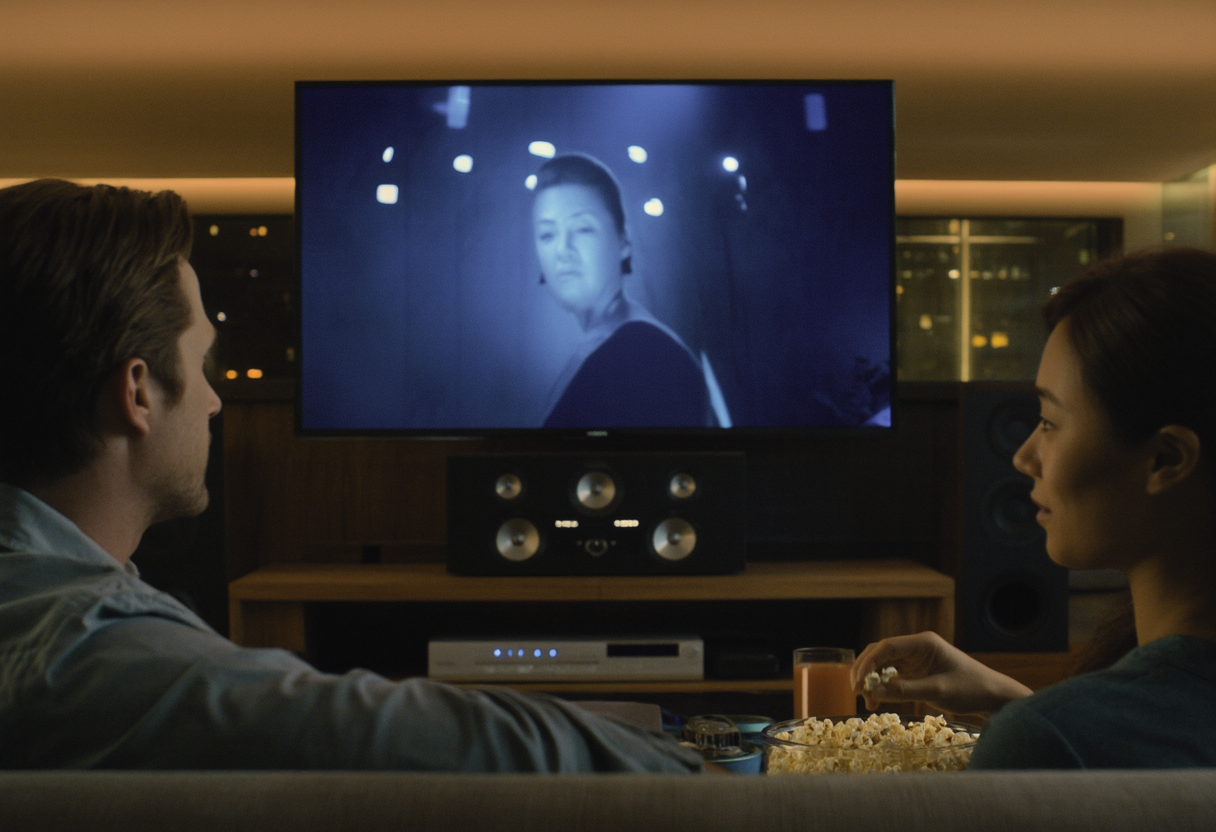Unlocking the Future of Home Theater Electronics: What You Need to Know!
Home theater electronics have revolutionized the way we experience movies and music in our homes. This article delves into the latest innovations, technology trends, and consumer preferences shaping the future of home entertainment. Discover how everything from audiovisual equipment to smart home integration is enhancing user experience while making home theaters more accessible to everyone.
Introduction to Home Theater Electronics
Home theater electronics encompass a vast array of devices designed to recreate a cinema-like experience within the comfort of your home. The evolution of this technology has dramatically altered the way we consume media. Initially, setups were rudimentary, consisting of a basic television and a DVD player. Today, home theater electronics integrate high-definition projectors, surround sound systems, streaming devices, and smart technologies that enhance user experience. The shift toward immersive viewing options has made home theater electronics a staple in modern households. As consumers seek more engaging media experiences, the demand for sophisticated systems is on the rise. This has encouraged manufacturers to innovate continually, offering products that fit diverse budgets and rooms. Consequently, the home theater market is booming with potential for both consumers and businesses.
Trends Shaping Home Theater Electronics
Currently, several trends are driving the development and purchase of home theater electronics. Firstly, 4K and even 8K broadcast standards are becoming increasingly mainstream, pushing viewers to invest in higher resolution displays. Alongside visual fidelity, audio quality plays an integral role in home theater setups. As a result, systems that feature Dolby Atmos and DTS:X technology are being prioritized, allowing for true object-oriented soundscapes. Smart home integration has also become paramount; home theater electronics now often work seamlessly with other smart devices, enhancing user control and convenience. Additionally, the rise of streaming services and on-demand content has influenced how consumers evaluate their home theater experiences. People want flexibility, choosing components that optimize digital connectivity and ease of use. Together, these trends not only enhance the at-home viewing experience but also redefine consumer expectations for home technology.
User Experience in Home Theater Electronics
User experience is critically important within the realm of home theater electronics, influencing design and product choices. Consumers today value intuitive interfaces that simplify the interaction with complex equipment. Wireless connections, user-friendly remote controls, and voice-assisted technologies are increasingly attractive features in new models. Home theater electronics manufacturers have taken note, creating applications that allow users to manage their setups directly from smartphones or tablets. Furthermore, systems that offer room calibration features, adjusting sound settings based on the environment, significantly improve overall user satisfaction. Customization options allow users to tailor their experiences, which is a vital consideration in today’s market. Engaging with technology should be seamless and enjoyable, facilitating an immersive entertainment journey that redefines how we perceive media playback.
Choosing the Right Home Theater Electronics for Your Needs
Selecting the right home theater electronics requires understanding personal preferences and room dynamics. It’s vital to consider space constraints: a good audio system may require specific placement or wall mounts, while larger screens need appropriate wall space. Price is another crucial factor; while high-end options promise unparalleled quality, mid-range products often provide excellent performance at a more accessible price point. Before making a purchase, consumers should research different brands and features, as innovations differ across manufacturers. For example, some companies may excel in display quality, while others focus on sound systems. Assessing compatibility among devices, such as audio receivers with video sources, can save future headaches. Ultimately, the goal should be to create a balanced setup that enables personal enjoyment without overwhelming technical complexity.
The Future of Home Theater Electronics
As we look ahead, the future of home theater electronics seems bright and filled with potential. The integration of artificial intelligence and machine learning into these systems is likely to enhance user adaptability and personalization. We can expect even more advanced audio-visual experiences, supplemented by augmented and virtual reality technologies, allowing users to experience new forms of entertainment. Anticipating consumer feedback, manufacturers are more inclined to innovate rapidly in response to market demands, framing a dynamic landscape for home electronics. Sustainability also plays a crucial role in future developments; consumers are leaning towards energy-efficient models that reduce environmental impact. As enthusiasts, we should be excited about these advancements, as they promise to elevate our home entertainment experiences to unprecedented heights.
Conclusion
In conclusion, advancements in home theater electronics are reshaping the way we entertain ourselves. From maintaining a focus on superior audiovisual technology to ensuring optimal user experience, these innovations are responsive to changing consumer needs. With the rise of smart home integration and personalized features, the industry is evolving at a rapid pace. The future holds promise not only for better technology but also for a more inclusive approach to home entertainment. By staying informed about trends and innovations, consumers can maximize their home media experiences NOW and in the future.
